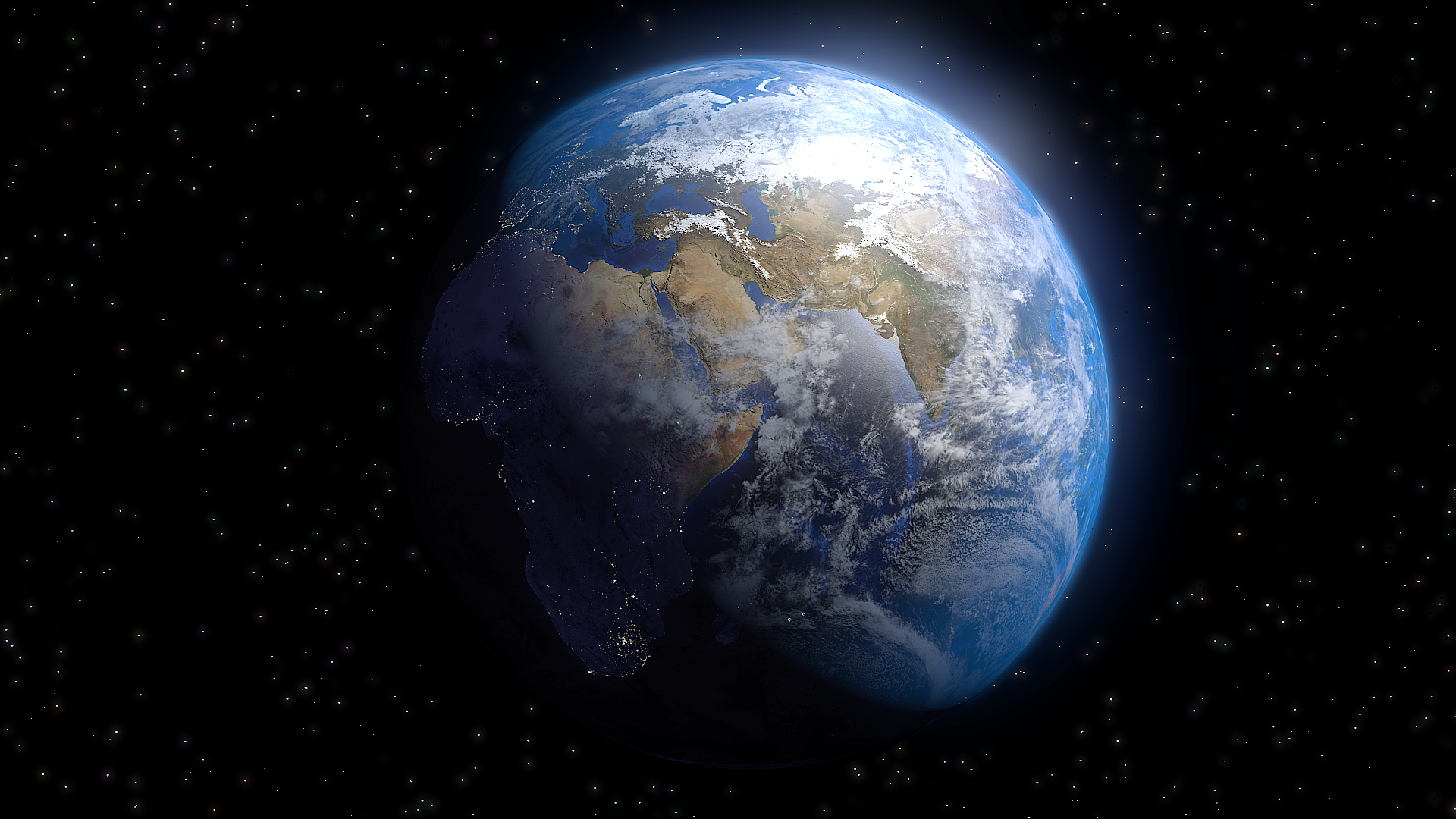

Drone Imageryĭrones also provide high resolution imagery however, they have less aerial coverage because of a more limited flight line and altitude restrictions. Imagery from catastrophic events is usually available within 24 hours. GIC makes Blue Sky (archived imagery) and Gray Sky (event-driven imagery of natural disasters) available for the contiguous United States. Planet, another EO company, has increased its constellation of SkySat satellites such that repeated visits to the same geographic location is now between 5 and 10 times each day and has 50-centimeter resolution.ĭigital aerial imagery, captured by fixed-wing aircraft, at high resolution (approximately 20-centimeter ortho 5-7-centimeter oblique) is available from the Geospatial Insurance Consortium (GIC), a member-based organization of insurance companies. Today, satellite imagery from Earth observation (EO) company, Maxar, provides high resolution imagery (e.g., ground equivalent pixel resolution is approximately 0.3 meters panchromatic 1.2 meters color for WorldView-3 satellite) and can return to the same location on Earth daily. Let’s look at the value of digital EO imagery. There are many data providers but far too many “pixels” to understand what information can be truly useful. According to the FBI, a $20,000 claim could cost $2,000 for a single property, and the average cost of fraud can increase insurance premiums between $400 and $700 annually per family.Ĭould using aerial or satellite Earth observation (EO) imagery reduce these costs and provide added benefits? The answer is a resounding “yes,” but what most companies fail to recognize is where the value lies. The average claims adjuster charges between 5% and 20% depending on the total claim amount. Assessing the damage in a timely and effective manner, and identifying fraudulent claims consumes resources. When I try to plot it, I just see a random array of colored panels.Every week, somewhere in the world, catastrophic natural disasters occur, and property and casualty (P&C) insurance companies pick up the cost to replace damaged and destroyed property.

All the documentation I can find online says that satellite data usually comes in single color band raster layers that you can stack to get the composite image, but this shapefile I downloaded has a really confusing structure and I can’t figure out how to read it as a normal image (I’m using the raster and sf packages in R).

(I was looking at an area including the US Northeast and tried both the L8 OLI/TIRS and L7 ETM+ layers from the Collection 1 Level 1 Landsat data.) I chose the shapefile as it seemed to be the best option–I’m just trying to get a basemap image. I followed these instructions (they’re very clear and helpful–thank you!) but when I reach the end and “click here to download results”, there is no geoTIFF option, just csv, shapefile, kmz, and some other random formats.


 0 kommentar(er)
0 kommentar(er)
